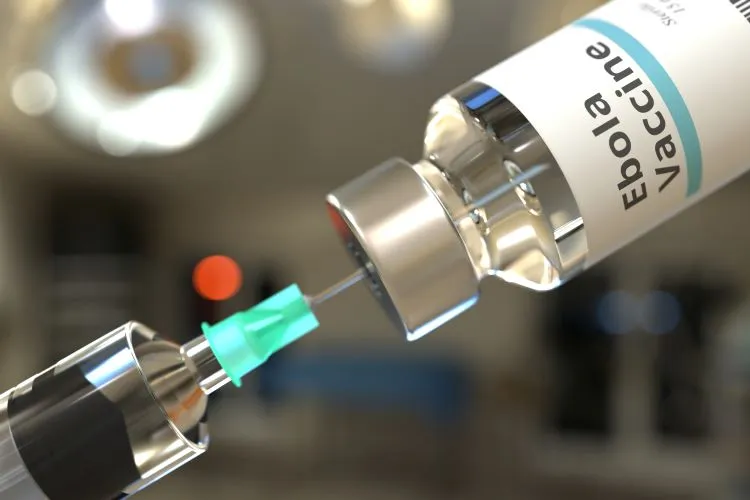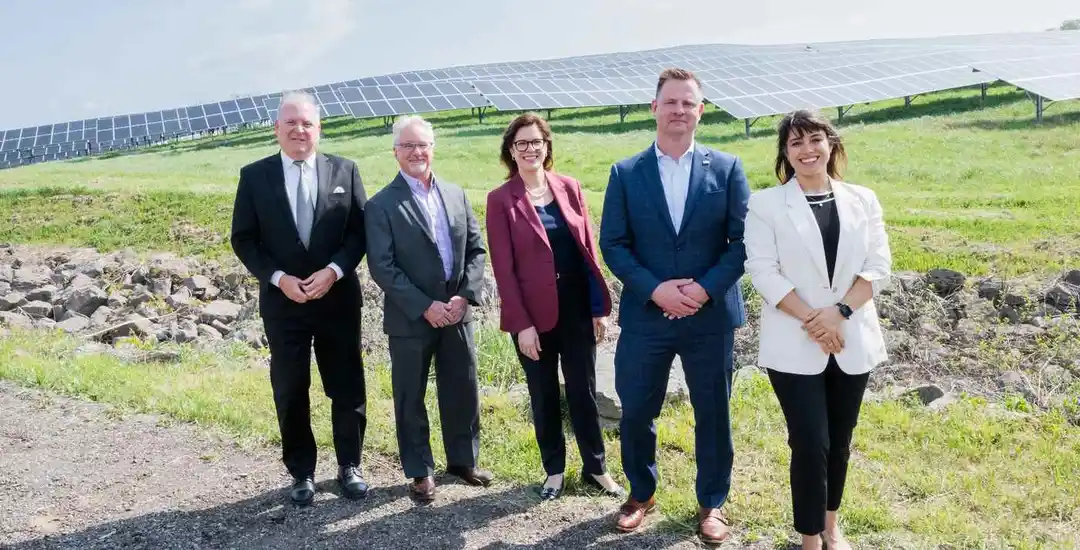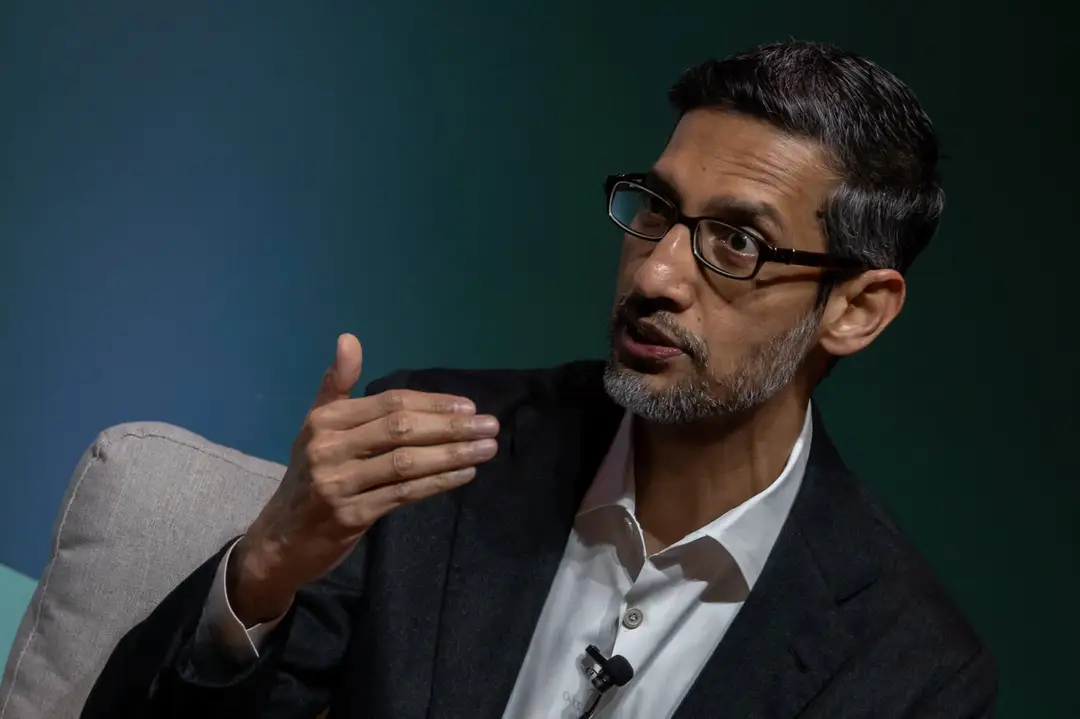The year has been marked by significant strides in the global fight against Ebola, as researchers and pharmaceutical companies race to develop effective vaccines. This groundbreaking work could transform the way the world responds to outbreaks of the deadly virus, offering hope to countries where Ebola has wreaked havoc for decades.
Understanding Ebola and Its Toll
Ebola is a severe and often fatal disease caused by the Ebola virus, which spreads through direct contact with the bodily fluids of infected individuals or contaminated surfaces. The virus has haunted regions of Africa since its discovery in 1976, with outbreaks leaving behind a devastating trail of loss. The most notorious epidemic occurred between 2014 and 2016, claiming over 11,000 lives and highlighting the urgent need for solutions.
The impact of Ebola goes beyond mortality rates. The fear of contagion disrupts communities, healthcare systems, and economies, leading to long-lasting repercussions. Governments, healthcare workers, and international organizations have grappled with containment efforts, but the unpredictable nature of the disease has underscored the necessity of vaccines.
Advances in Vaccine Development
This year, researchers have celebrated key milestones in the pursuit of Ebola vaccines. Two vaccines have stood out: Ervebo, produced by Merck, and a second two-dose regimen by Johnson & Johnson. Ervebo, which received approval from the World Health Organization (WHO) and the U.S. Food and Drug Administration in recent years, has already been deployed in certain outbreak zones, demonstrating efficacy in preventing the Zaire strain of the virus.
Meanwhile, Johnson & Johnson’s regimen, which involves a prime-boost strategy, has shown promise in providing longer-lasting immunity. The two-dose approach includes an initial dose followed by a booster, ensuring more robust protection against the virus.
Challenges and Triumphs
While the achievements of these vaccines have brought hope, the path has not been without obstacles. Clinical trials must navigate logistical hurdles, including conducting tests in remote regions affected by the virus. Additionally, vaccine distribution in areas with limited infrastructure can be daunting.
Another challenge is gaining public trust. In communities where healthcare systems have historically struggled, skepticism toward medical interventions can impede vaccination efforts. Researchers and healthcare workers have worked tirelessly to engage with communities, providing education about the safety and importance of vaccines.
Despite these challenges, the success stories of 2023 offer inspiration. Collaborative efforts between governments, non-governmental organizations, and pharmaceutical companies have enabled the deployment of vaccines to regions in need. Innovations in cold-chain logistics have ensured that vaccines remain effective during transport, even in areas with extreme heat.
Looking Ahead
The progress in Ebola vaccine development is a testament to human ingenuity and the power of collaboration. As scientists continue to refine vaccines and address emerging strains of the virus, the future looks increasingly optimistic. Investments in research, infrastructure, and education will be crucial in ensuring widespread access to vaccines and minimizing the threat of future outbreaks.
Beyond Ebola, the advancements in vaccine technology may pave the way for tackling other infectious diseases. The lessons learned from the global response to Ebola can be applied to similar efforts, offering hope to millions affected by diseases worldwide.
In conclusion, 2023 has been a remarkable year for Ebola vaccine development. While challenges remain, the strides made this year bring us closer to a world where the devastation of Ebola becomes a relic of the past. As we reflect on the progress, it is essential to recognize the resilience and determination of those who have worked to make these breakthroughs possible. Their efforts remind us that even in the face of adversity, science and collaboration can light the path toward a healthier, safer future.
by Meghan Rosen







